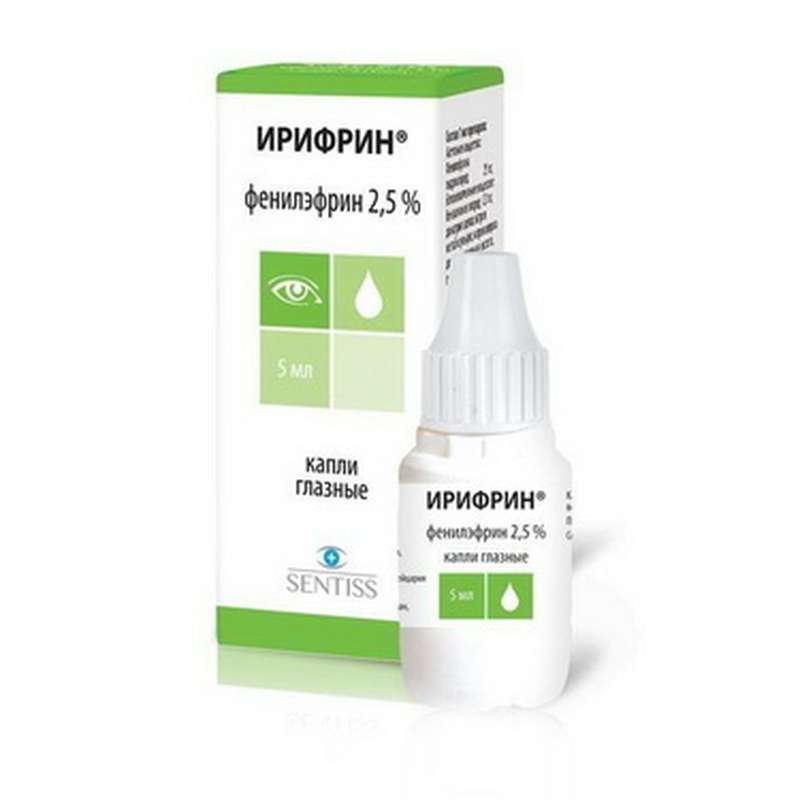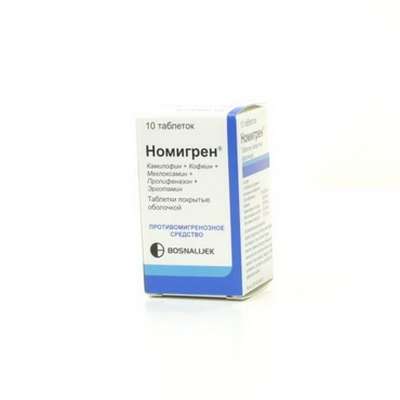Doctor Doping Shop
Irifrin eye drops 2.5% 5ml
USD 31.99
In stock
Be the first to review this item
Irifrin eye drops - is used in ophthalmology locally, to dilate the pupil, narrow the blood vessels and reduce intraocular pressure. This effect is achieved due to phenylephrine, the main active substance of this drug. The range of application of these eye drops is quite wide, since the reduction in pressure and the dilatation of the pupil are important for the diagnosis and treatment of a variety of eye diseases.
In addition to these properties, eye drops Irifrin contribute to reducing the swelling of the outer shell of the eye and a complete outflow of the eye fluid. Ophthalmologists prescribe this drug, including, to reduce the spasm of accommodation in the development of so-called false myopia.
Sympathomimetic. Has a pronounced alpha-adrenergic activity and when used in usual doses does not have a significant stimulating effect on the central nervous system.
With topical application in ophthalmology causes the dilatation of the pupil, improves the outflow of intraocular fluid and narrows the vessels of the conjunctiva.
Phenylephrine has a pronounced stimulating effect on postsynaptic α-adrenoceptors, has very little effect on myocardial β-adrenoceptors. The drug has a vasoconstrictive action, similar to the action of norepinephrine (noradrenaline), while it has virtually no chronotropic and inotropic effect on the heart. The vasopressor effect of phenylephrine is less pronounced than that of norepinephrine, but is more prolonged. Causes vasoconstriction after 30-90 seconds after instillation, the duration of action is 2-6 hours.
After instillation, phenylephrine reduces the pupil dilator and smooth muscle of the arterioles of the conjunctiva, thereby causing a dilated pupil. Midriaz occurs within 10-60 minutes after a single instillation. After instillation of eye drops 2.5% of mydriasis is retained for 2 hours, after instillation of eye drops 10% - 3-7 hours. Since phenylephrine has little effect on the ciliary muscle, mydriasis occurs without cycloplegia.
Indications:
- Iridocyclitis (for the prevention of the appearance of posterior synechia and reduction of exudation from the iris).
- For diagnostic dilatation of the pupil in ophthalmoscopy and other diagnostic procedures necessary for monitoring the state of the posterior segment of the eye.
- Conducting a provocative test in patients with a narrow angle of the anterior chamber of the eye and suspected of a closed-angle glaucoma.
- Differential diagnosis of superficial and deep injection of the eyeball.
- To expand the pupil during laser interventions on the fundus and in vitreo-retinal surgery.
- Treatment of glaucoma-cyclical crises.
- Treatment of the syndrome of "red eye" to reduce hyperemia and irritation of the membranes of the eye.
Contraindications:
- Closed-angle or narrow-angle glaucoma.
- Patients of advanced age with serious disorders from the cardiovascular system and cerebral circulation.
- For additional dilatation of the pupil during surgical operations in patients with impaired integrity of the eyeball, as well as in violation of tear production.
- Hyperthyroidism.
- Hepatic porphyria.
- Congenital deficiency of glucose-6-phosphate dehydrogenase.
- Premature babies.
- Hypersensitivity to the drug.
Side effects:
From the side of the organ of vision: conjunctivitis, periorbital edema; possible burning sensation at the beginning of application, blurred vision, irritation, discomfort, lacrimation, increased intraocular pressure.
The day after application of the preparation Irifrin, a reactive miosis is possible. With repeated instillations of the drug during this period, mydriasis may be less pronounced than the day before. This effect is more common in elderly patients.
Due to a significant reduction in the pupil dilator under the influence of phenylephrine, after 30-45 minutes after instillation in the moisture of the anterior chamber of the eye, pigment particles from the iris pigment sheet can be detected. The suspension in the chamber moisture must be differentiated with the appearance of anterior uveitis or with the ingress of the formed elements of blood into the moisture of the anterior chamber.
From the cardiovascular system: a possible palpitation, tachycardia, arrhythmia (including ventricular), arterial hypertension, reflex bradycardia, coronary artery occlusion, pulmonary embolism.
Dermatological reactions: contact dermatitis.
Rarely, when Irifrin is applied in the form of drops of the eye 10%, serious cardiovascular disorders occur, including myocardial infarction, vascular collapse, and intracranial hemorrhage.
Suggested Use:
When conducting ophthalmoscopy, ocular drops 2.5% are applied once in the form of instillations. As a rule, for the creation of mydriasis, it is sufficient to introduce 1 drop into the conjunctival sac. The maximum mydriasis is reached after 15-30 minutes and remains at a sufficient level for 1-3 hours. If it is necessary to maintain mydriasis for a long time after 1 hour, it is possible to re-instill Irifrin.
In adults and children older than 12 years with insufficient expansion of the pupil, as well as in patients with rigid iris (pronounced pigmentation), a 10% drop of eye can be administered at the same dose for diagnostic dilatation of the pupil.
To remove the spasm of accommodation, adults and children over 6 years of age are prescribed eye drops 2.5% 1 drop per eye per night daily for 4 weeks.
In the case of a persistent accommodation spasm, eye drops of 10% in adults and children over 12 years of age can be administered - 1 drop in each eye at night every day for 2 weeks.
When performing diagnostic procedures, single instillation of eye drops 2.5% is used in the following cases:
- as a provocative test in patients with a narrow anterior chamber angle profile and suspected closure angle glaucoma - if the difference between intraocular pressure values prior to instillation of Irifrin and after dilating the pupil is 3 to 5 mm Hg, then the provocation test is considered positive;
- for differential diagnosis of the type of injection of the eyeball - if 5 min after instillation there is a narrowing of the vessels of the eyeball, the injection is classified as superficial, while maintaining the redness of the eye, it is necessary to carefully examine the patient for the presence of iridocyclitis or scleritis. this indicates the expansion of the more deep-seated vessels.
Iridin cycles Irifrin is used as eye drops 2.5% or 10% to prevent the development and rupture of the already formed posterior synechia and to reduce exudation in the anterior chamber of the eye. For this purpose, a drop of a drop 2-3 times / day is injected into the conjunctival sac of the diseased eye (eye).
In glaucoma-cyclical crises, due to the vasoconstrictive effect of phenylephrine, the intraocular pressure decreases, this effect is more pronounced when using Irifrin in the form of drops of ocular 10%. For relief of glaucoma-cyclical crises, the drug is instilled 2-3 times / day.
In preparation for surgery for 30-60 minutes before surgery to achieve mydriasis, a single instillation of Irifrin in the form of drops of eye 10% is performed. After opening the shells of the eyeball, repeated instillation of the drug is not allowed.
Eye drops 10% are not used for irrigation, impregnation of tampons during surgery and for subconjunctival administration.
Packaging:
- Comes in original packaging. Item is brand new and unopened.
Storage:
- Keep away from direct sunlight.
- Keep locked and away from children.
- Store in dry place at room temperature.
- Do not exceed storage temperature higher than 25 C
Important notice- the outer box design may vary before prior notice!

Related products


 Cart
Cart


